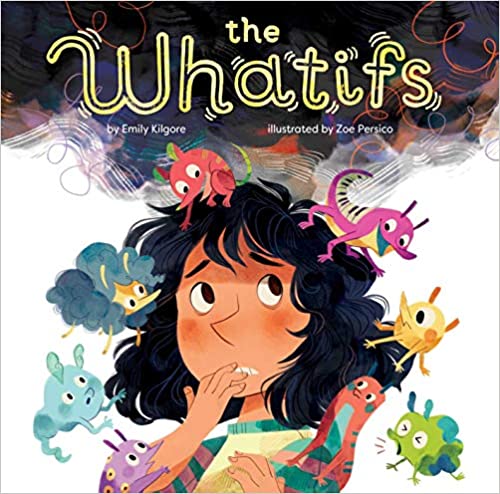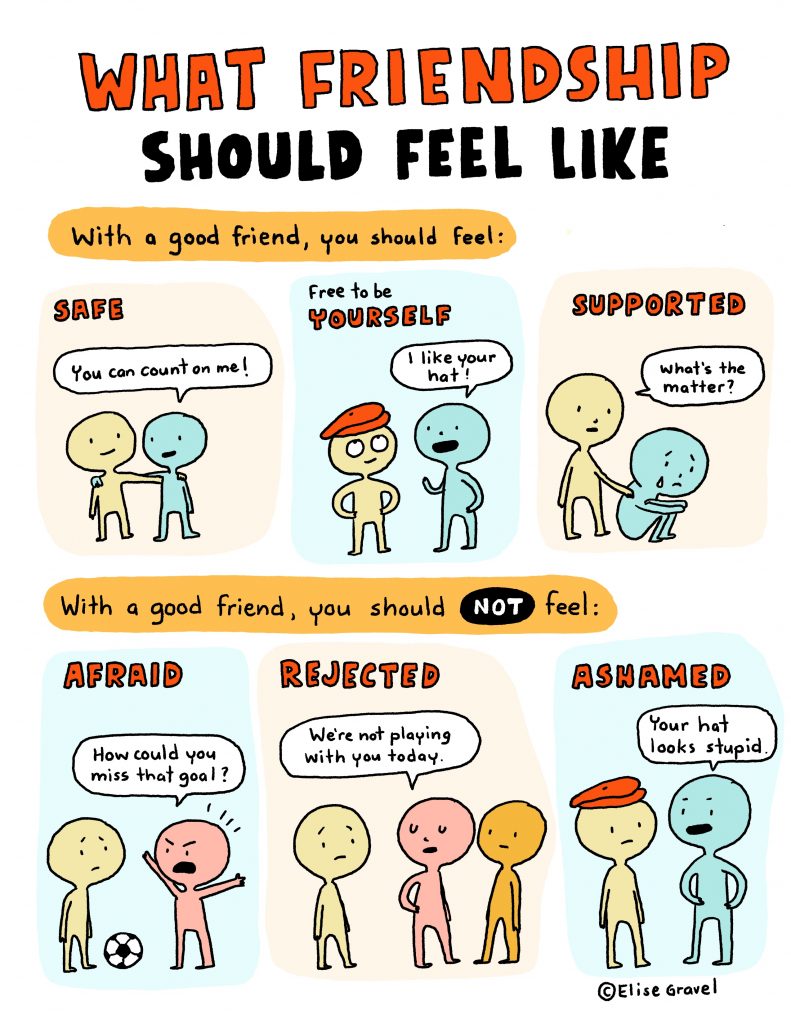Hello Everyone,
This week I attended a workshop on transitions and new beginnings that I wanted to share with you. The presenter was adapting the content from a mental health initiative put on by the Burnaby School District. I am going to try to summarize some of the content here.
The presentation reminded me of the many conversations I have had recently with friends and colleagues. We were reflecting on the one year anniversary of the Covid-19 restrictions here in BC, what has happened this year, where we currently are, and where we may be going. Many of these conversations included discussions of fear, frustration and loss, as well as thoughts about hope, opportunity, and renewal.
Transitions
Transitions are different than change. Where change is something that happens to people, even if they don’t agree with it. Transition on the other hand, is internal. it’s what happens in people’s minds as they go through change. Change can happen very quickly, while transition usually occurs more slowly. As well, change is situational, transition on the other hand is psychological; it’s a three-phase process that people go through as they internalize and come to terms with the details of the new situation that the change brings about.

*Click image to enlarge.
As you can see from the image above, the three stages to any transition start with an Ending, the transition away from previous ways, a letting go. You will also notice a couple of time markers for our collective Covid-19 experience.
The Neutral Zone
The Neutral Zone is an in-between time when the old is gone but the new isn’t fully operational. This can often feel uncomfortable but it is also filled with opportunities. Here people might experience:
1.Resentment towards the change initiative; low morale and low productivity.
2.Anxiety about their role, status or identity; skepticism about the change plan.
3.Despite these, this stage can also be one of great creativity, innovation, and renewal. This is a great time to encourage people to try new ways of thinking or working.
Any of this sound familiar?
New Beginnings
The New Beginnings stage is when people develop their new identity, experience the new energy, and discover the new sense of purpose that makes the change begin to work. We can anticipate that New Beginnings sometimes reactivate some of the old anxieties that were originally triggered by the ending. New Beginnings establish once and for all that the ending was real.
Where are You and Where are Your Children?
Take a moment and reflect back on the image above. In what stage would you place yourself today? Yesterday? Last week? Equally important, is to be mindful of where your kids, partners, other family members are. Each member of your family may be at a different place. Being mindful of this can be very helpful as we support one another or seek out help for ourselves from the people close to us. Moreover, our children are experiencing the same emotions of loss, fear, and even hope and excitement for the future. Our children, however, have not fully developed their ability to manage uncomfortable emotions like fear and loss. They need our help and speaking to them about these feelings or, in some cases, connecting them with mental health professionals may be helpful.
Values as a Guide during Transitions
A quote that was highlighted during my workshop really resonated with me. It highlights the difficulty of transitions and the neutral zone. Maybe you will connect with it too.
It’s not so much that we are afraid of change or so in love with the old days, but it’s the place in between that we fear… it’s like being between trapezes. It’s Linus when his blanket is in the dryer. There’s nothing to hold on to.
Marilyn Ferguson, American Futurist
So, what can we hold on to during this time? To help yourself with this process, connect to your values. When you feel uncertain and confused, your personal values will provide direction. Family is an important value for me and reflecting on the transition we are currently engaged in reminds me to be grateful for my family and to spend time connecting to them. Doing so helps me feel hopeful and excited for the future. What personal values are centering you right now?
I wish you all an amazing spring break connecting to the things you value.










